Enter the Biotar (1 of 2)
March 25, 2021
It is one of the most prized lens in history; a personal obsession that now takes root.
PART 1 OF 2. My personal obsession began four years ago. I had jumped into professional photography with both feet, had spent hundreds of hours on the technical aspects, and was constantly reviewing thousands of images in search of looks.
What was a Scott Edwards lens? This sounds egotistical – it wasn’t; I am unknown and my own worst critic. It was just a question I asked myself, a framework for seeking a look and feel that “felt like” me, a reference point for anyone in visual arts.

My 96-year-old father-in-law was my first subject. He’s always game and likely amused by my enthusiasm. I mean, he had literally just opened the door, finds himself in a shoot and goes right along. How lucky am I?
The Biotar lens formula was designed in 1927 by Willy Merté for Carl Zeiss. Originally produced for cinema, the lens was introduced to the photographic world in 1938. At the time, it costs two months salary of an average German engineer’s pay. (Not that German engineers are average!)
I’m wide open on brands. I own Zeiss, Sony, Canon, Nikon, Leica, Tokina and Vivitar lens. (Wanna buy one?! My wife thanks you.) Vintage? Modern? I love it all and while I don’t have a brand prejudice, I do confess a confidence towards Zeiss. When I’m shooting for a commercial client, I first pick up my Zeiss Distagon, Planar and Sonnar pups. (Note that Sony just joined the litter with the production of the Sony GM 135 1.8; I wish it had not been made it in China.)
That said, what was my look? I’m a fan of more painterly and classic looks. I love smooth and creamy bokeh, but a more pronounced bokeh, one that even grows wild and disruptive (when done right, which is subjective), can truly be heavenly, emotive and properly nostalgic.
The Enduring Star
I spent hours “researching” lens. I can’t tell you the first time I saw an image taken with some crazy old lens called the “Biotar” but I noticed that many of the images I kept returning to were taken with that lens. There was something artistic, sometimes wild, sometimes haunting in the patterns. I compiled a batch of Biotar images that included portraits, flowers, models, stuff. None of them were from super well-known photographers. None were from the photographers I then followed. Few had a zillion likes. Some had very few likes. But that Biotar star just kept beaming…
Lens don’t make great images. They are tools – nothing less than tools. And everyone knows tools can help get the job done. Nothing less than tools… but are they also nothing more than tools? Well, that’s a different question. Tools can also elevate and expand and express. Photographic lens are the equivalent of a painter’s brush – and most painters need a variety.
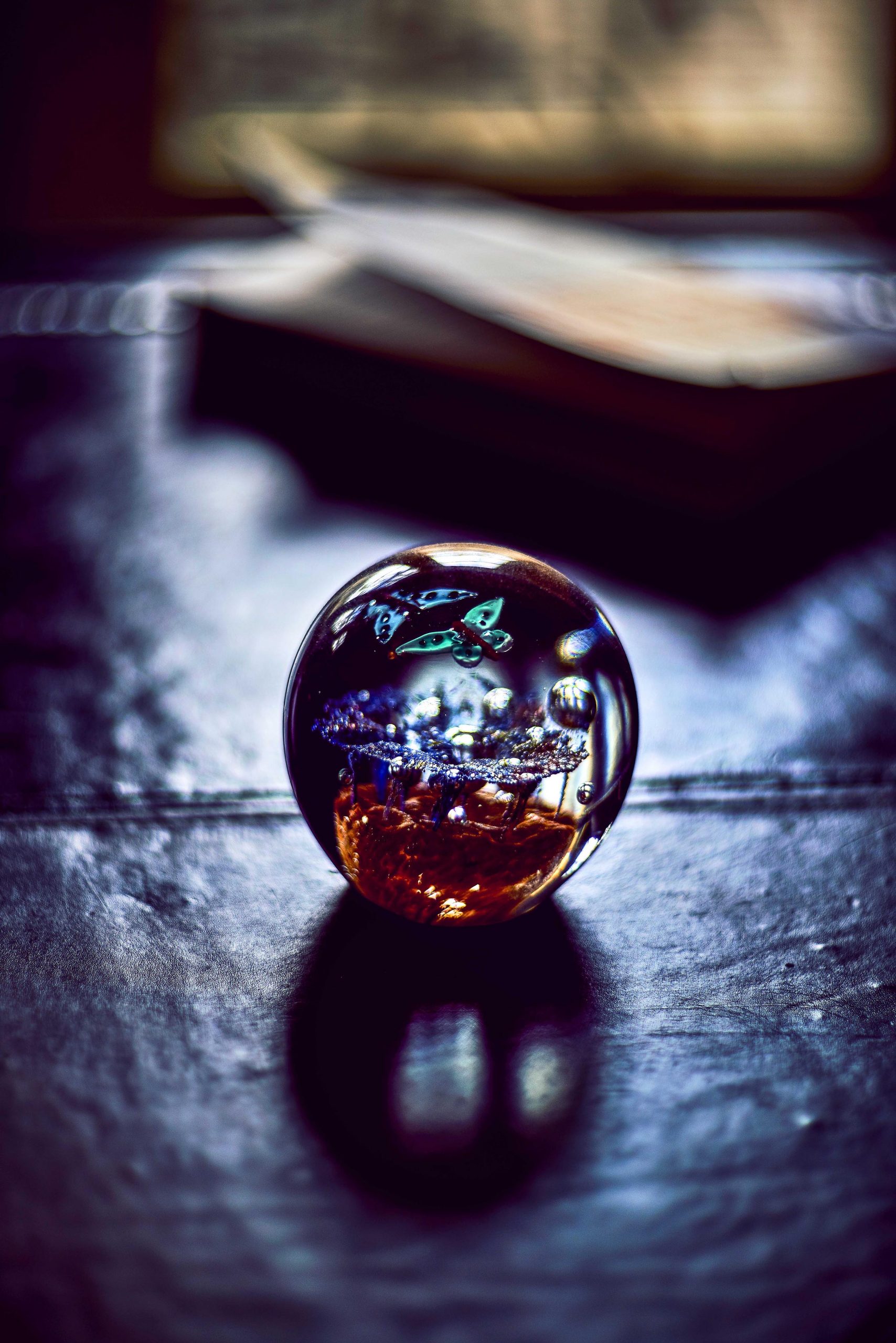
A good copy of the Biotar 75mm has a sharp center and a bokeh that ranges from swirly to creamy depending on the length of subject matter to the item in focus and depending on the complexity of subject matter in the background. Background is also significantly affected by light. That’s my opinion but it also seems to be supported by common sense.
Look at the image above and the one below. This lens can yield a lovely soft rendering and transform into a wild, powerful, disruptive blend of beauty and color.
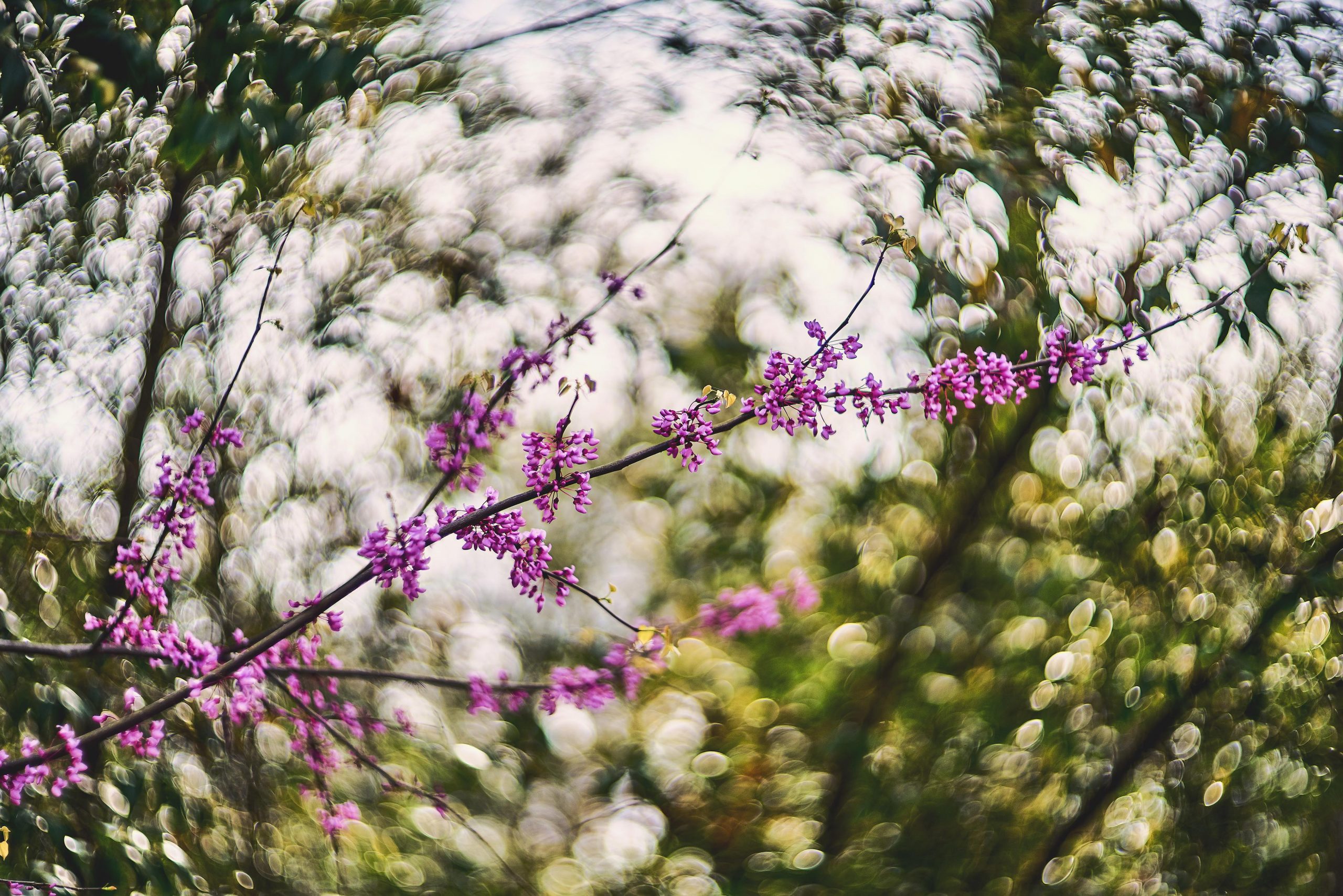
The price was a bit off-putting but I had moved beyond rationality. I corresponded with a Polish lens craftsman/photographer who offered vintage lens fitted to various modern cameras (he no longer does or I’d share contact info). He named a price. He shared his process (you find one or he finds one and then it is cleaned and retrofitted) and he gave me a few options.
Just as I was about to proceed, an incredibly exciting turn of events took place. A German optics company was bringing the Biotar back! Kickstarter proclaimed the offering; brilliant images with a prototype were shared and a wonderful video with one of the best dang narrative voices underscored the wisdom of investing in the Oprema Jena Biotar venture. (Here’s the video, with some lovely images. https://www.youtube.com/watch?v=-402utNbLZc&t=7s )

My 96-year-old father-in-law was the perfect subject for my first images with the Biotar. I believe this was shot at F2.0 based on the background bokeh. Got lucky with perfect focus with what, for me, is a pretty perfect lens.
At 75mm, the lens can be used in a variety of ways. Here are a few images snapped at the Edith L Moore Nature Sanctuary in Houston. A great little hidden gem, the sanctuary is part of the Audubon Society parks.
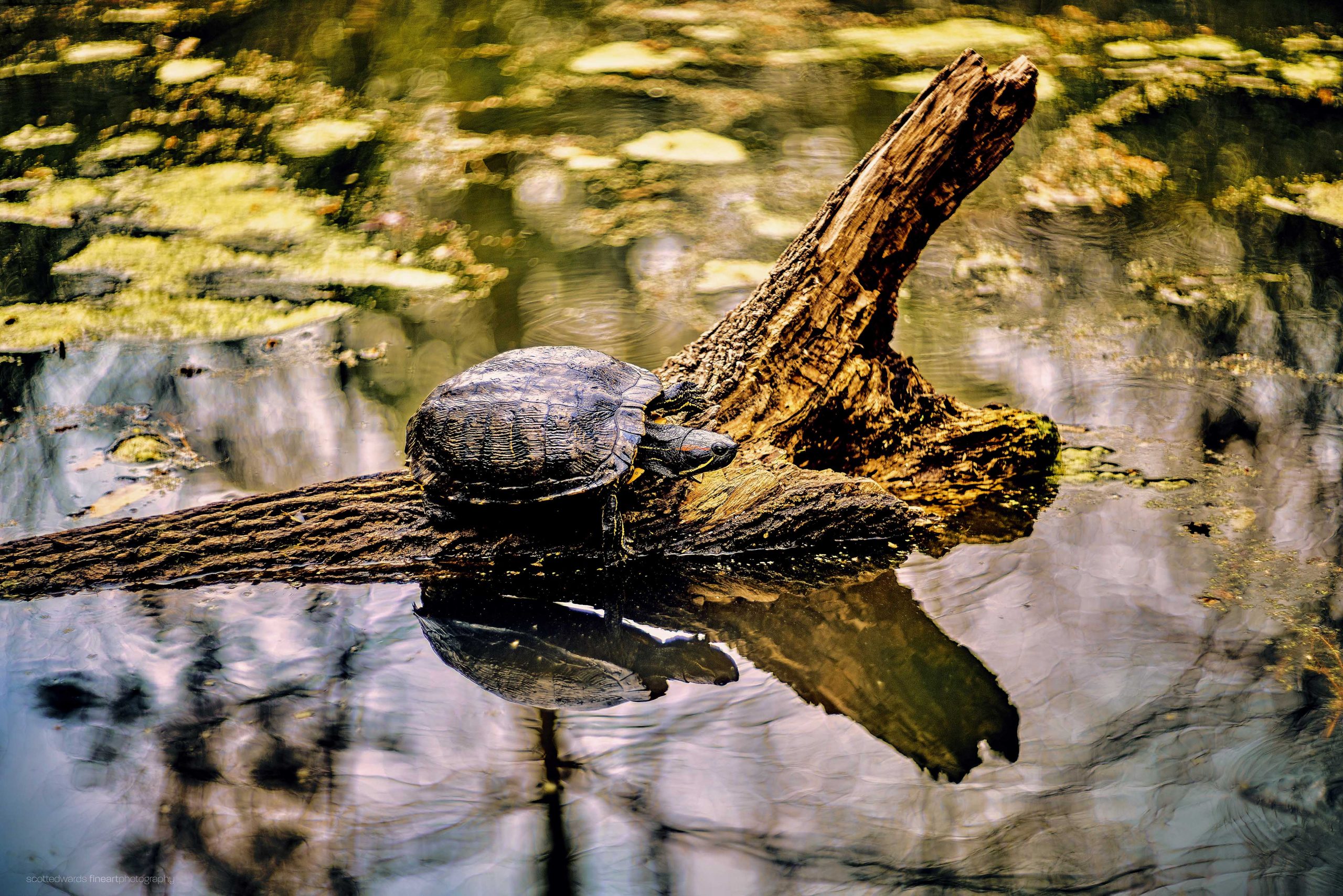
The rendering of the turtle above and the deep woods images below demonstrate some of rendering range of the lens, along with a sharp center focus.
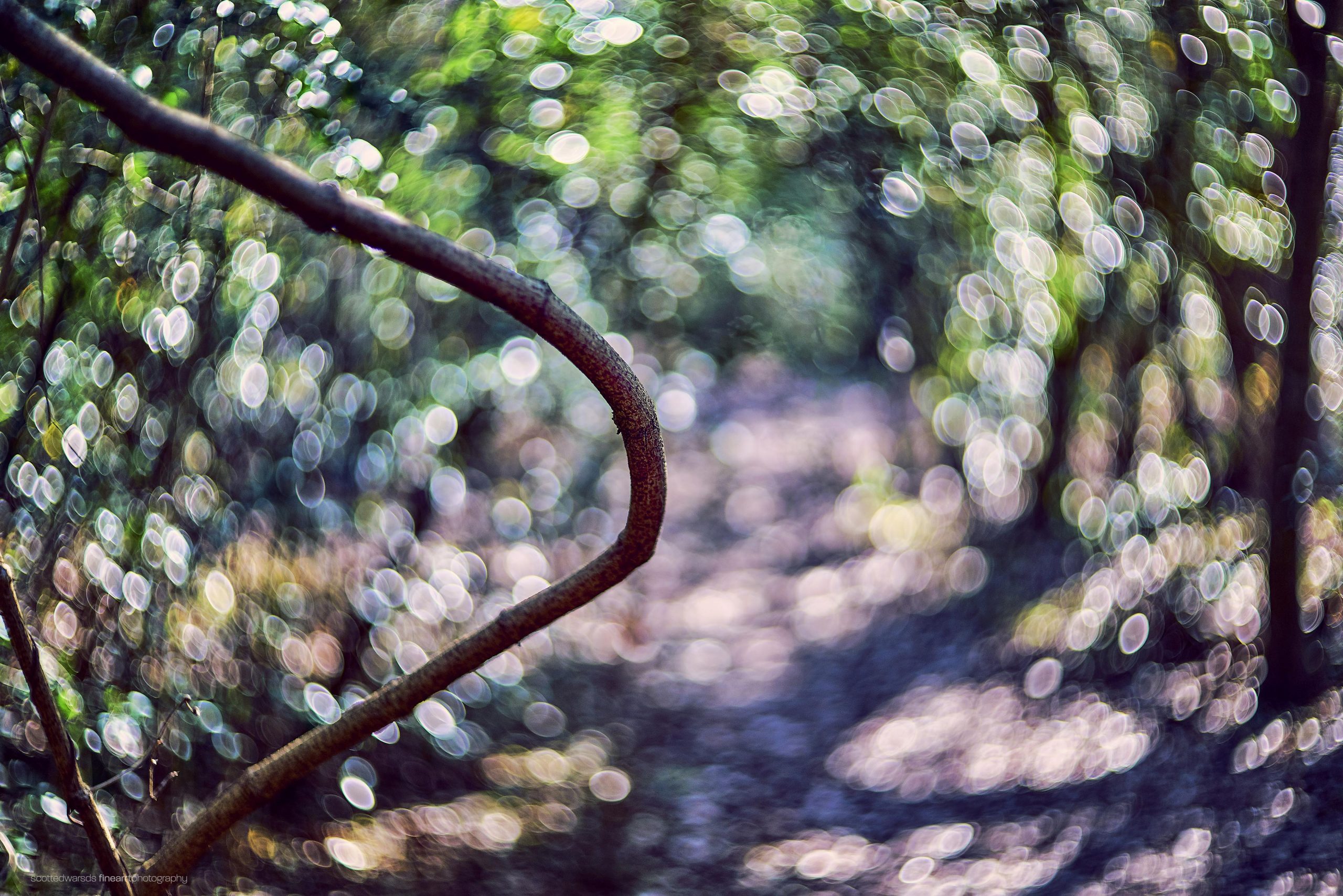
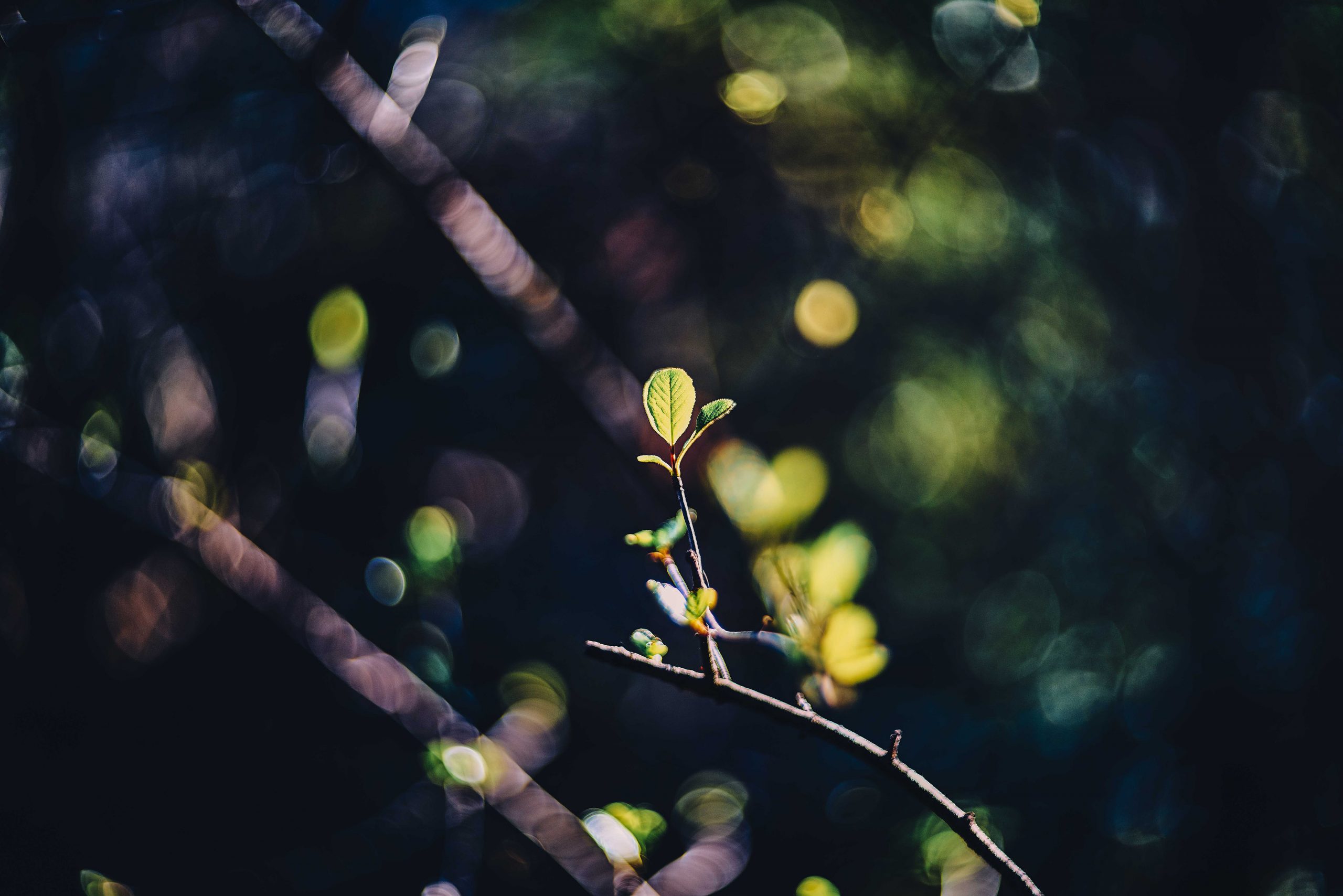
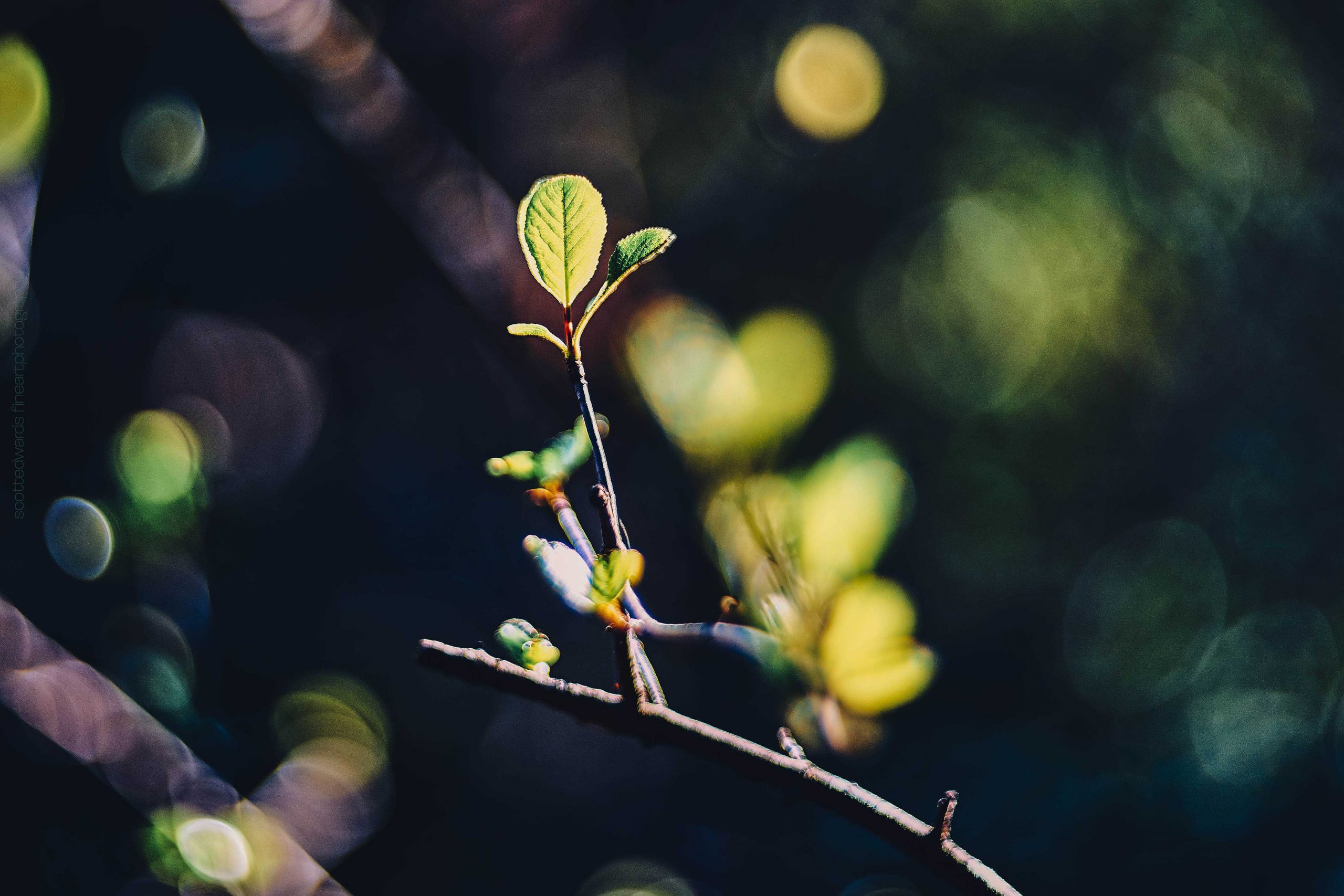
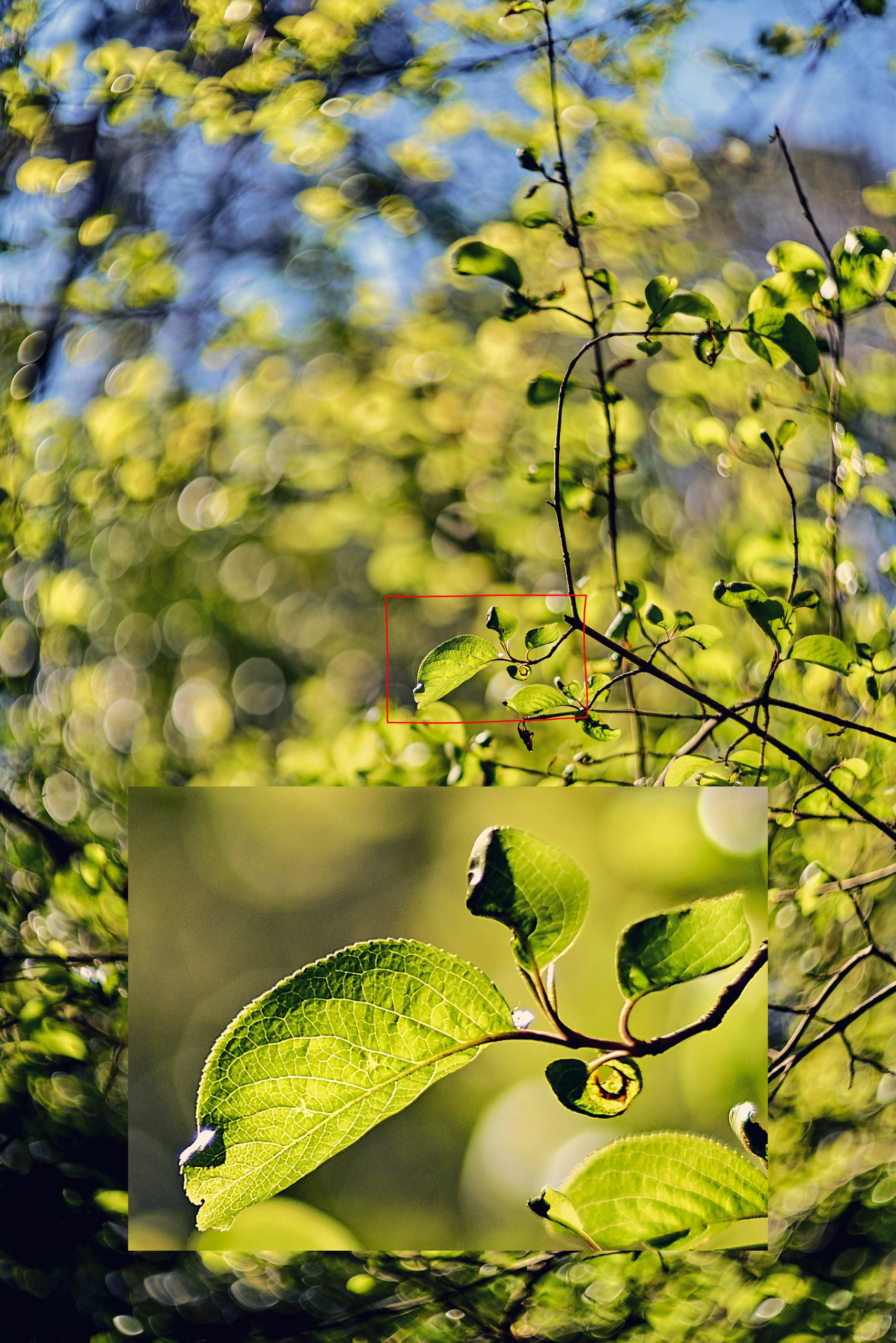
During week 1, I was lucky to grab a few shots of a beautiful subject… The lens renders beautifully as does Anisa Hoxha, a Houston-based realtor.


The Oprema Jena venture was even teaming with Tokina to manufacture the lens. This was good news, reinforced a German photographer friend of mine, because Tokina would ensure quality and automation in producing the lens. I looked at the images, looked at Flickr, looked at 500px and then would go back to the Kickstarter site. Yep… I was hooked.
I signed up and paid for the 75mm version and wouldn’t you know it, the enthusiasm for the project resulted in the resurrection of the little Biotar brother 58mm version. I added that one to my arsenal as well – viewing purchases by others, I figured I was one of 20 or 30 people globally that could claim ownership of both of the new ones once delivered. Goodness, I was excited.

My mother-in-law is not as old as my father-in-law. That’s all I say – except that she’s a beautiful “older” middle-aged woman.
The marketer in me (I don’t relish self-promotion, I rarely post on IG or most other media and more often will post on FB but have foregone hundreds of posts because… I don’t know why)… well, anyway, the marketer in me got really excited. I developed a press release, some website copy, some text for possible postcards and ads… be among the first to be photographed with the legendary Biotar!
Then, oops, a delay was announced, and then another, and then another, and then… there was a terrible car crash and the then-Oprema Jena and Meyers Optiks CEO/brainchild (I’m being kind not publishing his name) was hospitalized… News followed that the good doctor/CEO wasn’t going to be able to get back to the office anytime soon. Later, news of the company’s bankruptcy followed. A German court supervised proceedings and if you were interested in getting a few dollars back, a few pennies on the dollar, a process was unveiled. Well, I was stupid and knew that disaster was resulting long before the bankruptcy.
Articles have been written about the failed venture but my best guess is that a bunch of highly legitimate professionals got in over their heads and/or were themselves duped. The company was definitely producing good lens and had some highly accomplished professionals in their ranks. Possibly – and perhaps someone out there knows — money was moved from one venture to the next to ensure project delivery on previous projects and the stack of cards came crashing down…. Who knows.
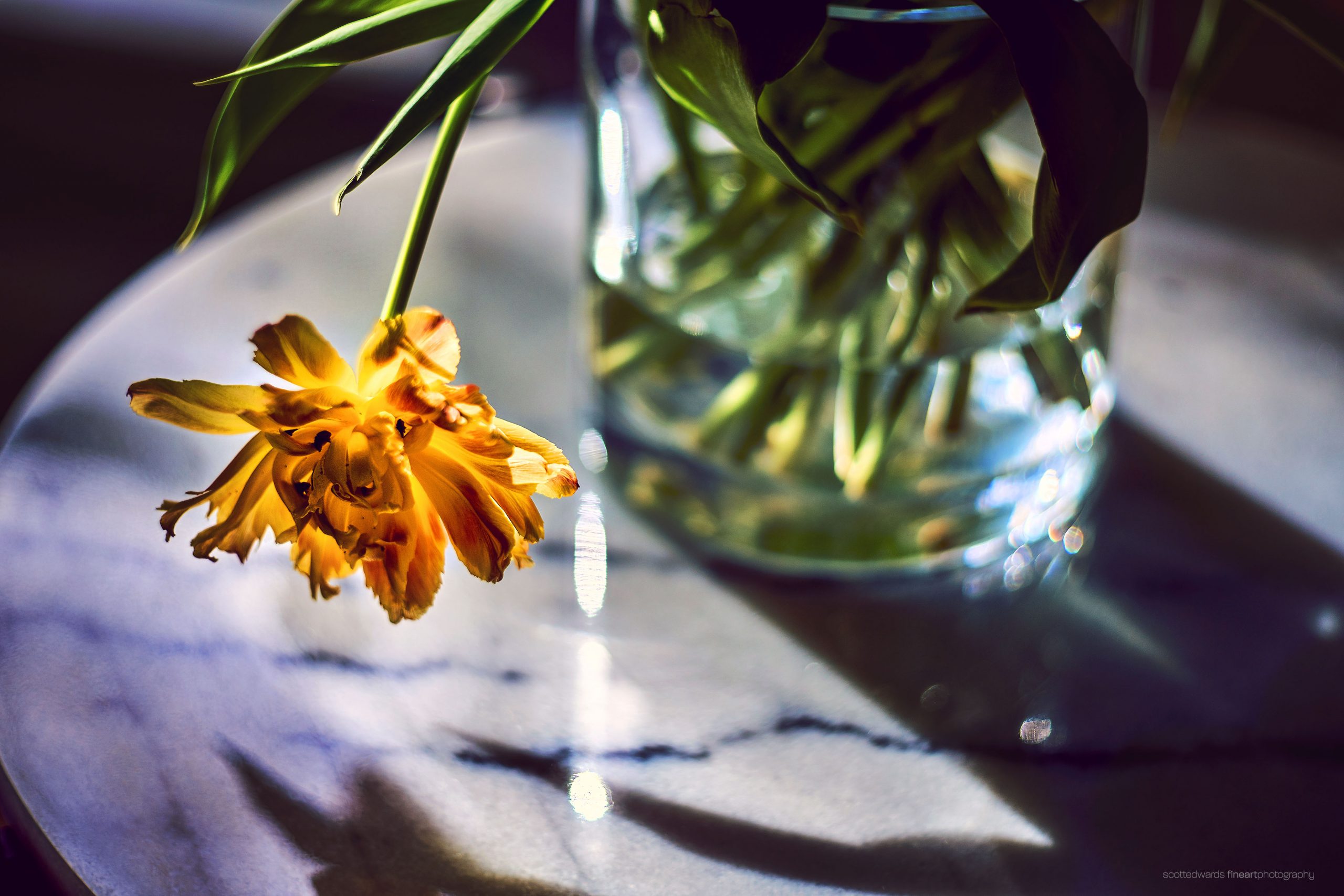
Licking My Wounds
I was financially wounded and emotionally ripped at the seams. I felt deceived and betrayed. I was surprised at just how angry a stupid lens (or lack thereof) could make me. A long-held obsessive dream kept expanding and was then pushed away, further toward the horizon. The days of good things happening were stained by the disappointment of human beings, including myself. I took solace in purchasing an excellent copy of the Canon FD 55 1.2 SSC. It produces truly wonderful images. I mean, freaking wonderful.
But the Biotar longing continued…
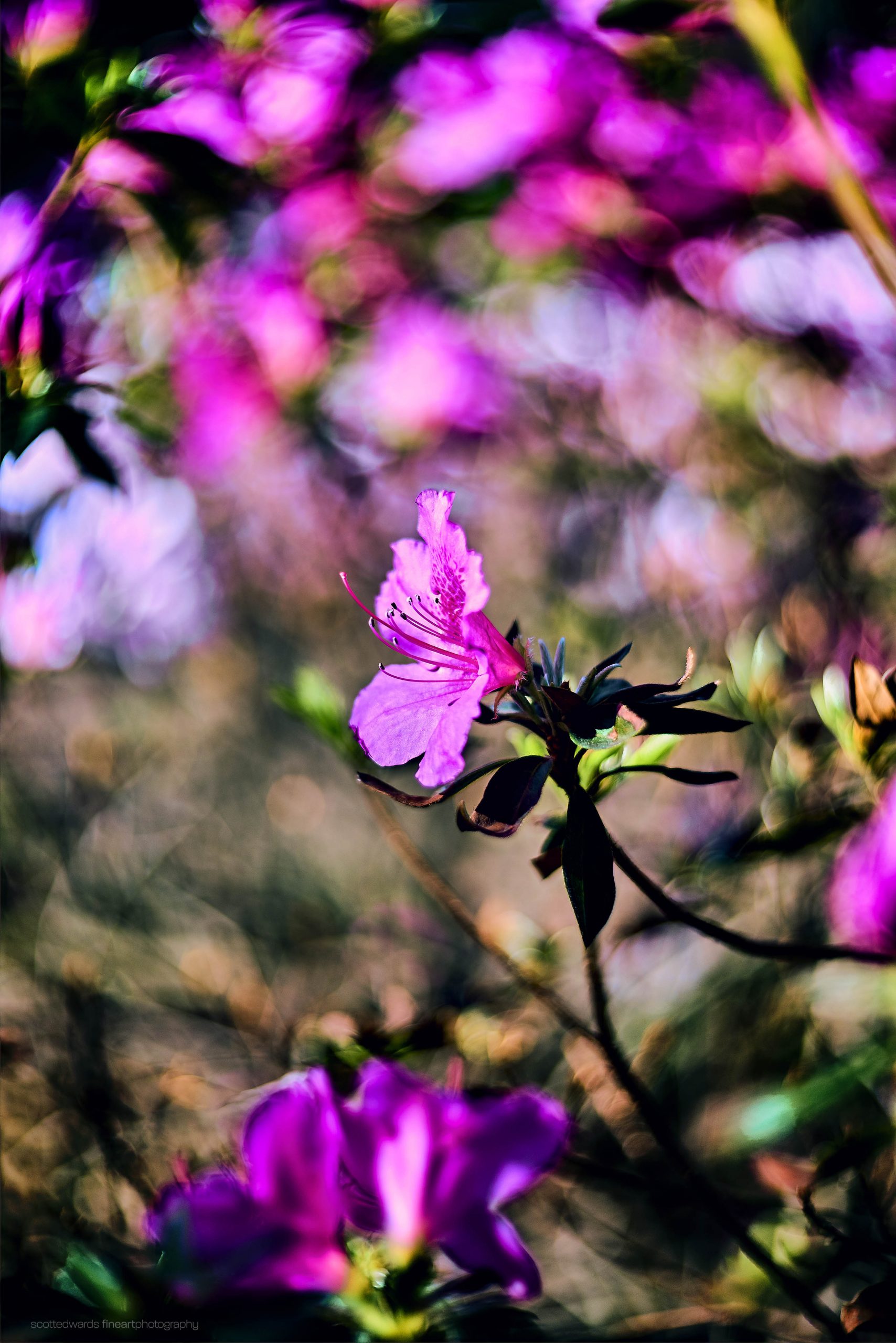

The Biotar’s more “disruptive” bokeh qualities are more visible in this image and several below. Disruptive is in the eye of the beholder. Also taken at the Edith L Moore nature sanctuary.
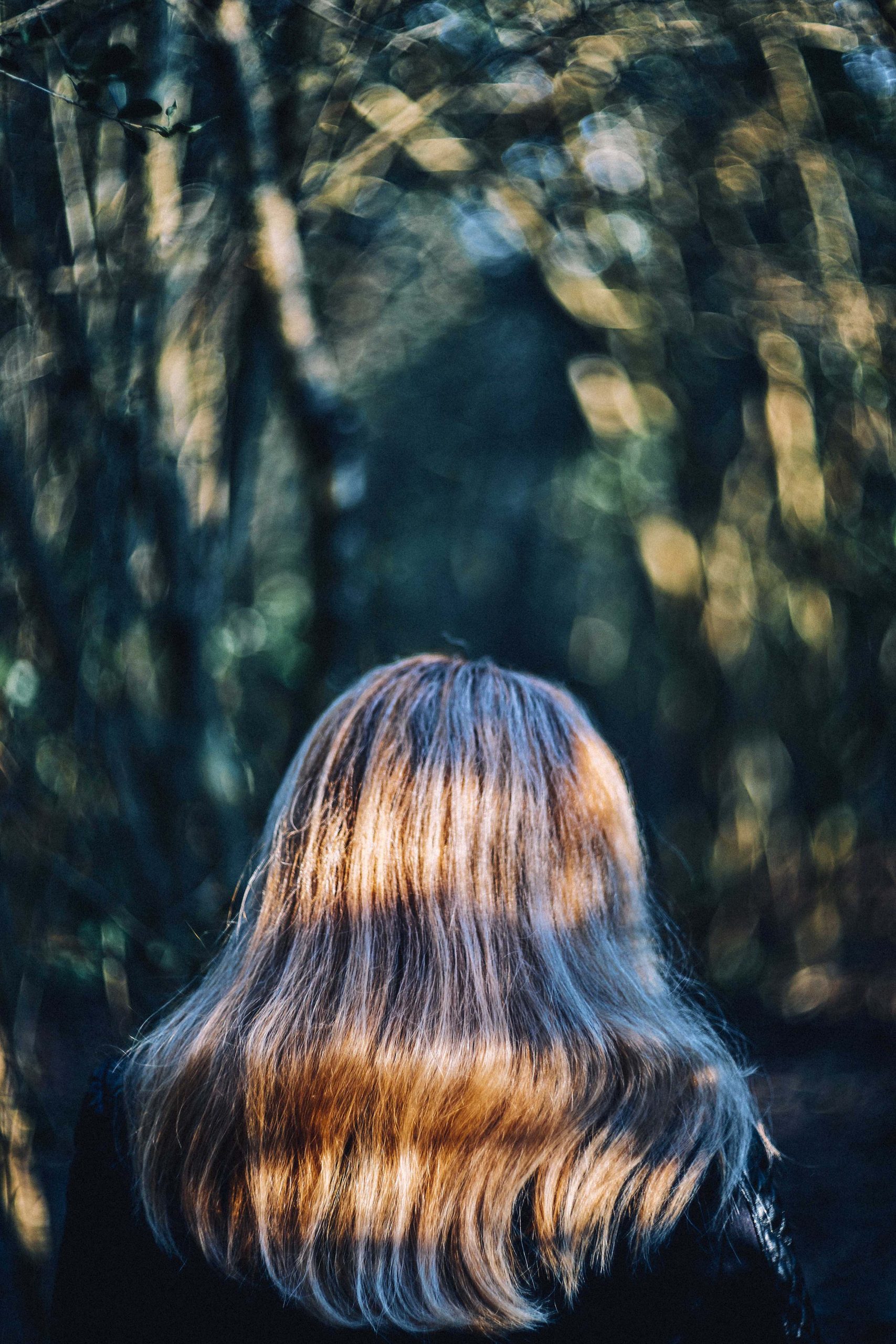
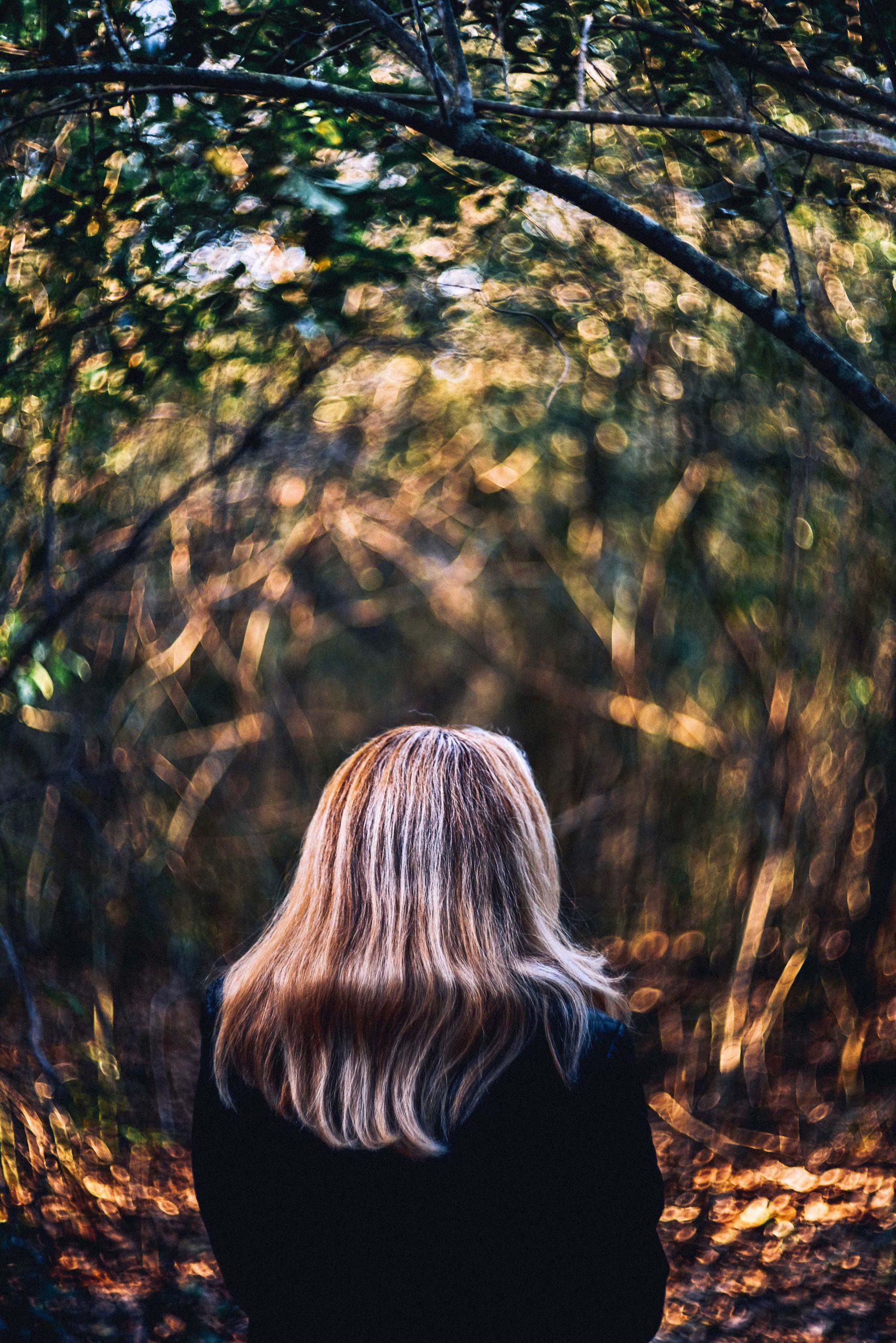
Thanks to my wife for modeling in the three images above while walking. Okay, she was walking away! Anyway, I have to redo this because she just got a haircut. I mean her hair was styled.
Now, take a look at the image below. My wife was window shopping and I was sitting in the shade waiting. I focused on the rose on the empty table. The rose and I were both stationary so I wanted to see what the lens would yield.

Now take a look at a crop of the image below… yep, this is the lens for me. Keep in mind, this is a crop.

To be continued / see part 2 and stuff real soon.
All images above were shot with a 1961-1963 Jena Biotar 75 1.5 on a Sony A7R2. Images were processed in Capture One and Adobe Photoshop.
Thanks for your time. You can find out more about me on this website. I’m Scott Edwards, a hybrid photographer (digital, modern and vintage lens, and a little bit of film) who shoots portraits, lifestyle, commercial and fine art photography. I gladly, thankfully shoot for individuals, families, businesses and organizations. My fine art work is at scottedwardsfineartphotography.com
All images copyrighted. (C) Scott Edwards, 2021.
- By efgimage
- Filed under Stories, Technique, Uncategorized, Vintage.
- Tagged Biotar, bokeh, color, flowers, landscapes, portrait, Portraits, Sony A7R2, vintage, vintage lens, Zeiss.
- Liked Like this post0 times

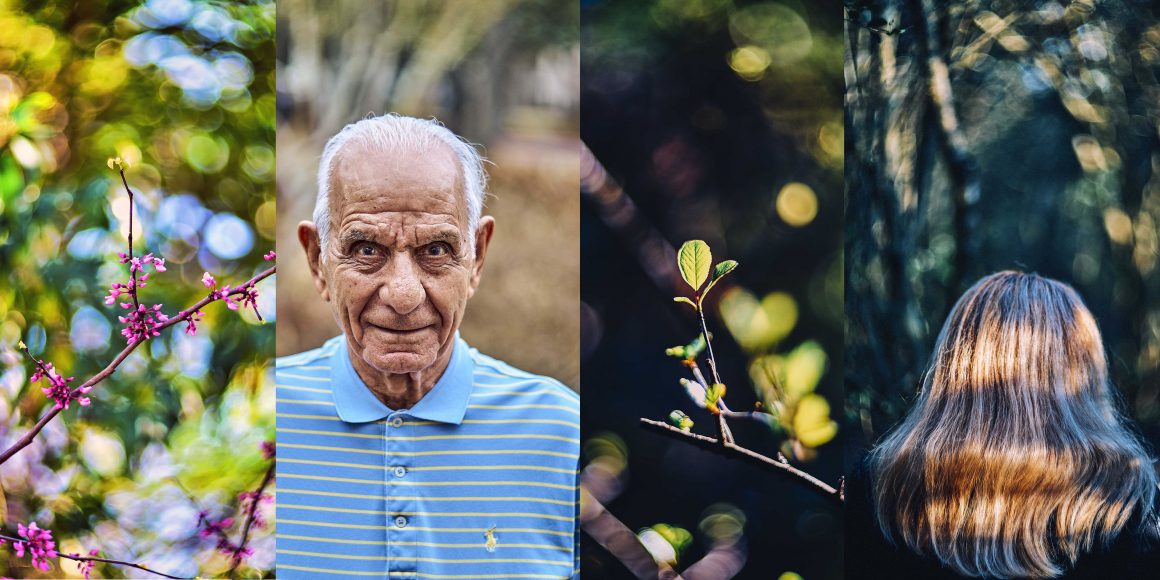

Leave a reply